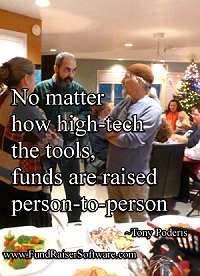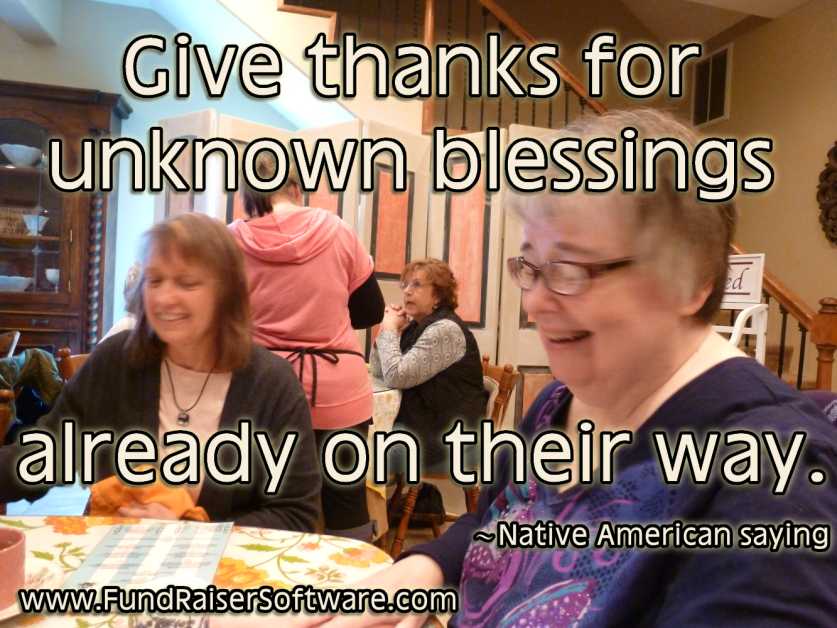
Once you have established the basics of your campaign, you'll need to develop a plan for attracting members, (personal solicitations, direct mail, events, etc.). You'll also need to develop and produce the materials needed to support your plan (Case for support, brochures, letters, event and meeting invitations, instructions, PR material, etc., as well as to provide necessary campaign information and related materials for the volunteer campaign team of leadership and solicitors. (Such working examples are often easily obtained from other organizations).
Recruiting Your Solicitation TeamJob #1 is the identification and recruitment of a volunteer leader for the membership campaign. If no such candidate emerges from the board, seek a strong supporter from the business community—preferably someone with sales and marketing skills—and influence.



















